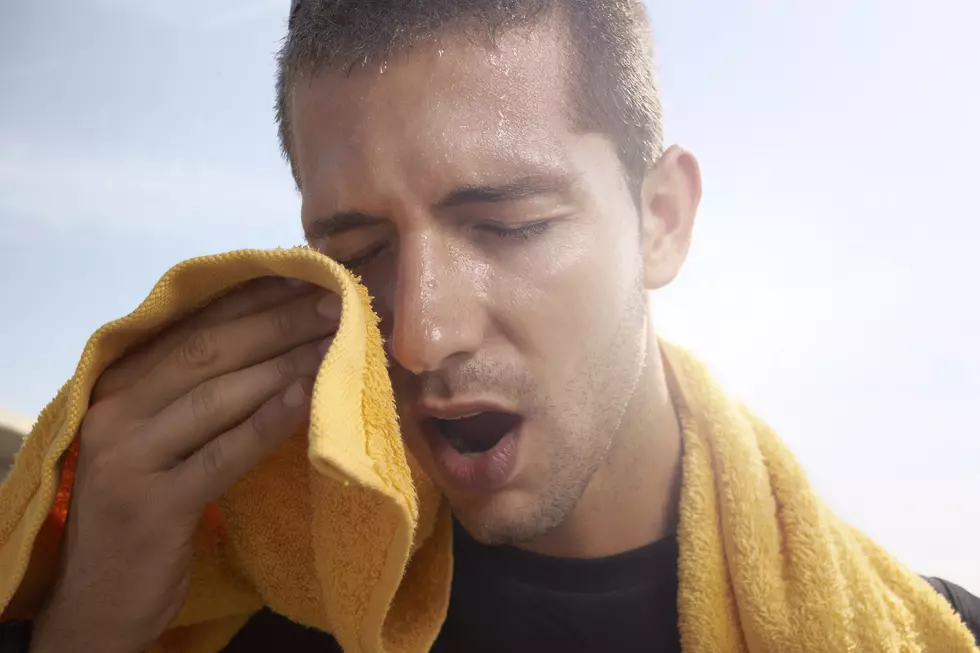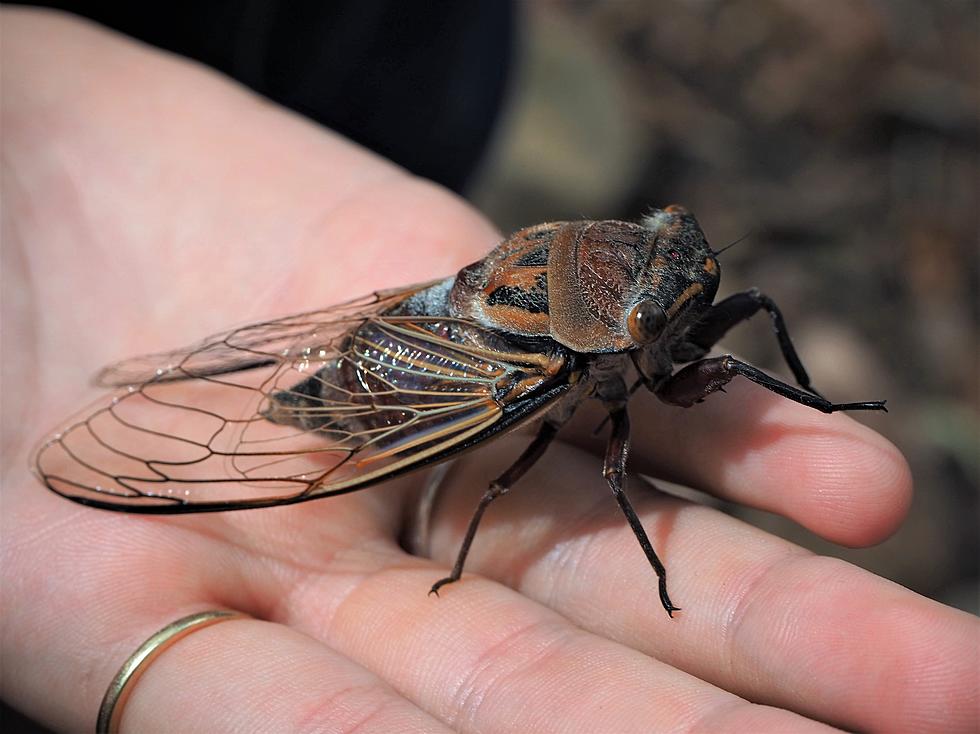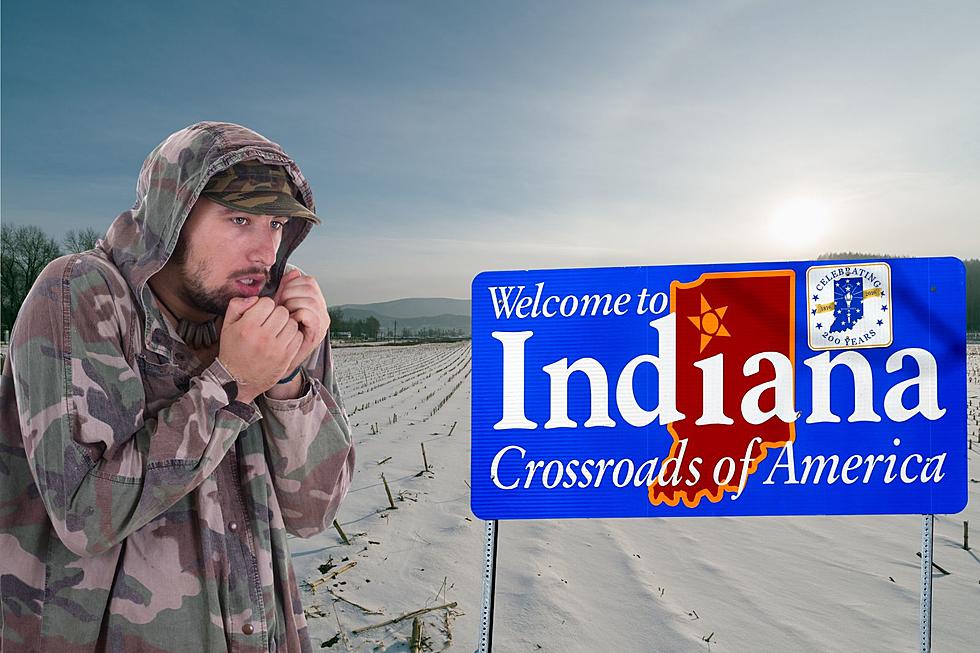
Indiana Fire Department Wants You to Know the Difference Between Heat Exhaustion and Heat Stroke
"It's not the heat, it's the humidity." That's a common phrase many of us like to use repeatedly throughout the summer months in Indiana, Kentucky, and Illinois. While it has become somewhat of a running joke for summer in the midwest, it does bear some truth. A 90-degree day with low humidity is bearable, if not downright pleasant. However, once we start to get into July, August, and even a good chunk of September and the humidity starts to creep its way in on a consistent basis, being outdoors for any amount of time can be miserable. It gets sometimes gets so bad, that it's not uncommon for the National Weather Service to issue excessive or even oppressive heat warnings for our area. Sometimes walking outside feels like walking into a steam room. You can almost feel yourself inhaling the moisture in the air. The kicker to all of it is that outdoor activities also ramp up during the summer months because of the rise in temperature, which can lead to potentially life-threatening conditions if you're not careful.
The Difference Between Heat Exhaustion and Heat Stroke
Getting overheated can happen to anyone regardless of age and fitness level. Kids and young adults playing sports, and adults whose jobs require them to be outside for long periods of time are all susceptible to the possibility of both heat exhaustion and heat stroke if they don't properly take care of themselves. Taking frequent breaks and staying properly hydrated are both keys to preventing a heat-related illness. But neither is guaranteed to keep you from feeling the effects of the hot summer sun. The two most common heat-related illnesses are heat exhaustion and heat stroke. While the two share some similar qualities, they each have their own distinctive symptoms that can be the difference between treating them yourself, or requiring the assistance of a medical professional.
The West Lafayette Fire Department in Indiana recently shared information listing the symptoms of each and what you should do if you or someone you know begin to show them.
Heat Exhaustion Symptoms
Someone who is showing signs of heat exhaustion may experience any one, or all of, the following symptoms:
- Dizziness or fainting
- Excessive sweating
- Cool, Pale, Clammy skin
- Nausea or Vomiting
- Rapid, weak pulse
- Muscle cramps
Fortunately, these symptoms can be treated quickly and easily by getting out of the heat to somewhere cooler, preferably a place with air conditioning, drinking water, and/or taking a cool shower, or using cold compresses.
Heat Stroke Symptoms
Like heat exhaustion, someone suffering from heat stroke will likely experience nausea or vomiting however, they could also begin feeling these symptoms as well:
- Throbbing headache
- No sweating
- Body temperature above 103-degrees
- Red, hot, dry skin
- Rapid, strong pulse
- Loss of consciousness
If you or someone you're with shows any of these symptoms, the West Lafayette Fire Department urges you to call 911 and do what you can to cool the person down until medical assistance arrives to take over.
[Source: West Lafayette Fire Department on Facebook]
LOOK: The most extreme temperatures in the history of every state
KEEP READING: Get answers to 51 of the most frequently asked weather questions...
More From WGBF-FM









